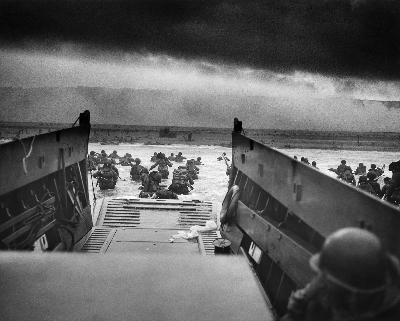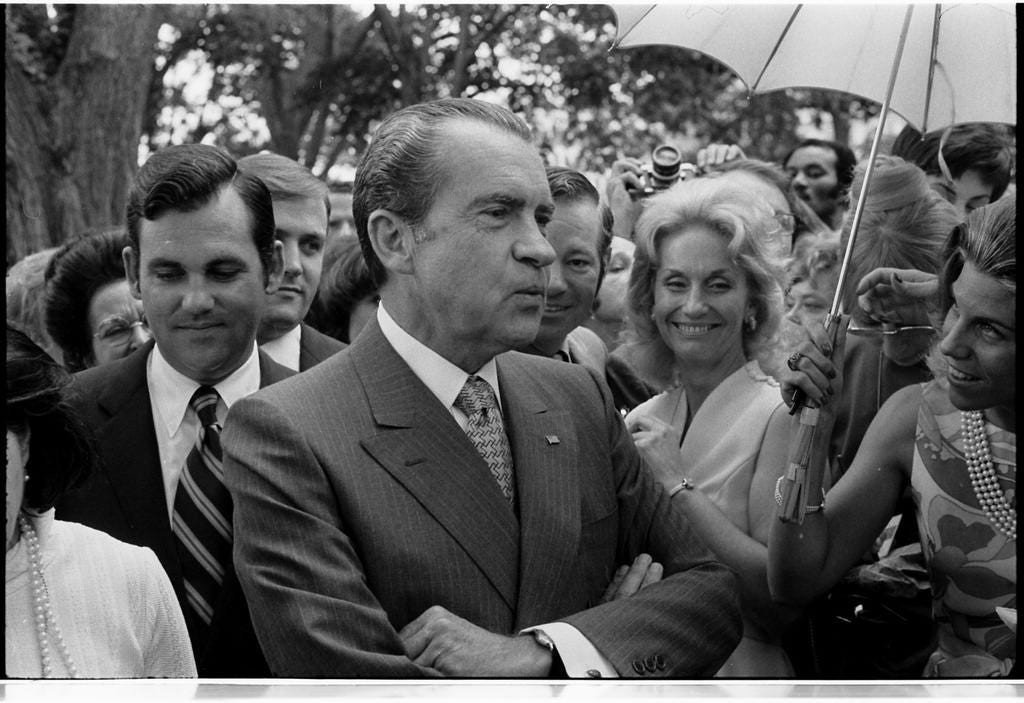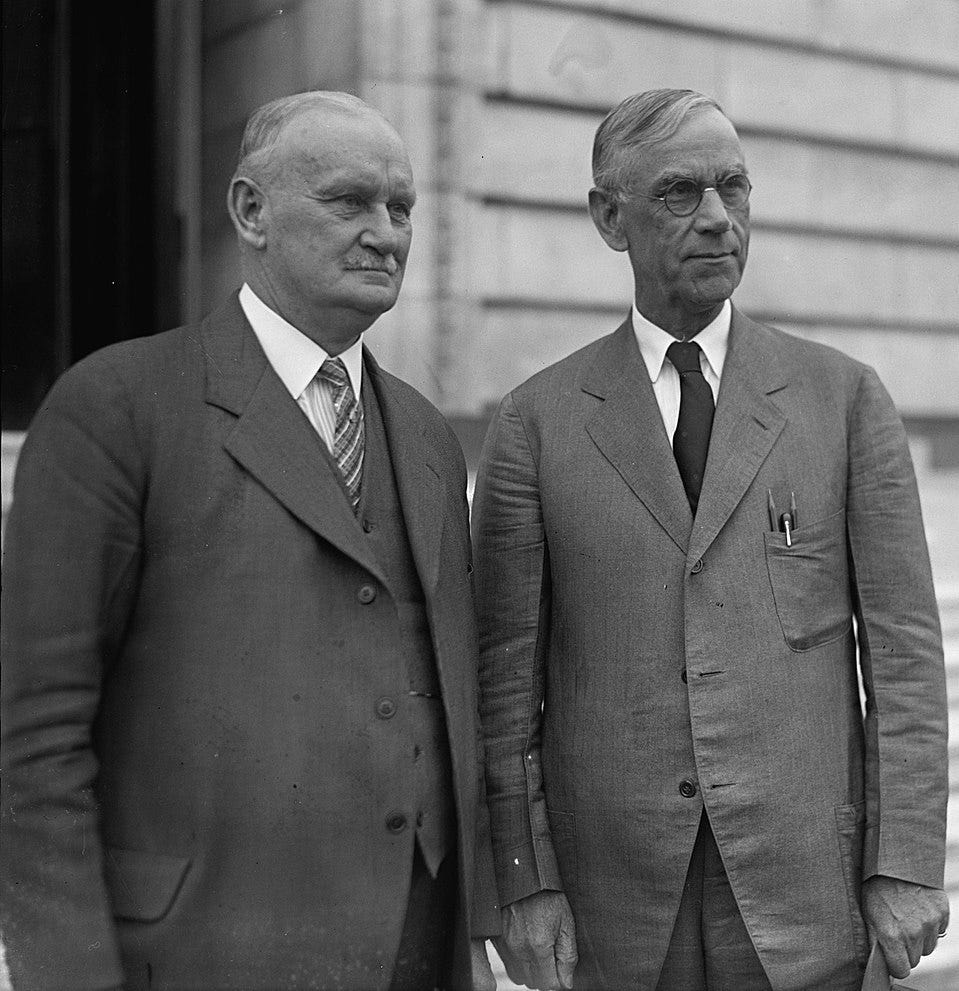Russia’s Ancient Strategy, and Why the West Keeps Falling for It
Description
From the Kalka River to Lake Peipus: Russia Turns East
(Begin with ambient medieval Eastern European music, fading under narration)
After the Rus’ catastrophic defeat at the Kalka River in 1223, and especially following the full-scale Mongol conquest in the campaigns of the late 1230s, Mongol dominance reshaped the eastern and western reaches of the Russian world.
In the 13th century, Kyiv, now the capital of Ukraine, was still the spiritual and cultural heart of a region known as Kievan Rus. It wasn’t Russian in the modern sense. Its roots were Viking. The Norsemen who arrived in Eastern Europe, mostly of Swedish origin, were Varangians, also referred to as the Rus. They settled among the Slavic tribes, built river trade routes, and founded ruling dynasties. Over the generations, their Norse identity blended into the local Slavic world.
Kievan Rus was a loose federation of Slavic principalities spanning what we now know as Ukraine, Belarus, and the western edge of Russia. Rivers made its borders. Trade flowed south along the Dnieper to the Black Sea and north along the Volkhov and Northern Dvina toward the Baltic and the White Sea. The Dnieper linked Kyiv to Byzantium and the wider Mediterranean, while the collective waterways connected the forest to the steppe and bound distant peoples into a shared political and spiritual world.
(A quick note: If you’re listening to the audio-only version, the written piece available on Substack includes a detailed map. Kievan Rus stretched from the White Sea, above the Arctic Circle, to the Black Sea, just north of present-day Turkey.)
By this point, Kyiv’s political power had faded from its earlier role as the capital of Kievan Rus, but the city still carried immense symbolic weight.
That changed in December 1240. Batu Khan, the grandson of Genghis Khan, led the Mongol army that laid siege to the city. After a brutal assault, they slaughtered its people and left the city in ruins. Many towns across Rus met the same fate. Some never fully recovered. Others vanished entirely.
In the years that followed, the world of Viking Rus, once shaped by Norse leadership and open trade, gave way to something new. In the northeast, Muscovy rose, its name the root of what we now call Moscow. The people were still Slavic, but operated under a different system. Under Mongol rule, governance became centralized, hierarchical, and dominated by Eastern thought.
Western thought emphasized law, feudal contracts, and the rights of lords and cities. Eastern philosophy favored absolute authority, obedience, and control. Power flowed from the top, not from mutual obligation. In the West, oaths bound lords and vassals. In the East, obedience flowed downward from an unquestioned ruler.
Russia turned its back on the Latin West and aligned itself with systems of power born from the East, imperial and unyielding.
That pivotal shift came into sharp focus with Alexander Nevsky’s decisive choice in 1242.
…
Alexander Nevsky, a prince of Novgorod, faced invasions from two directions. From the West, Catholic crusaders from the Teutonic Order pushed aggressively, determined to impose Western religious and political order. From the East, Mongol overlords watched closely, prepared to assert their brutal authority should Nevsky waver in his allegiance.
On April 5, 1242, on the frozen surface of Lake Peipus, Nevsky met the heavily armored Teutonic knights in a legendary clash known as the Battle of the Ice. His lightly equipped Russian troops were agile and intimately familiar with the terrain. They employed tactics blending patience, deception, and carefully calculated retreat. These tactics distinctly reflected Eastern strategic thinking, including principles of manipulation and timing.
The heavy crusader knights were ill-equipped for the battle. The ice cracked beneath their weight, plunging many into the freezing water. Nevsky’s victory became symbolic of Russia’s decisive choice to turn away from Western European dominance and instead accept the Eastern yoke of Mongol power.
Nevsky’s choice entrenched Russia in Eastern political philosophy, characterized by pragmatism, indirect manipulation, and power calculation.
So, the Battle of the Ice wasn’t so much a military victory as a decisive statement that Russia’s future would unfold under the Eastern logic of calculated statecraft. Russia would be shaped by the pragmatic wisdom echoed centuries earlier by Eastern philosopher Kautilya.
The Philosopher Kautilya
Long before the Mongols or the Rus, one philosopher wrote the handbook for survival in a ruthless world.
Kautilya, also known as Chanakya or Vishnugupta, was the chief adviser to Chandragupta Maurya, the founder of India’s Mauryan Empire in the fourth century BC.
Educated at the ancient university of Takshashila, he wrote the Arthashastra, a sweeping manual on statecraft, intelligence, and war. It describes how politics works, not how it ought to work.
Kautilya was a ruthless realist. Even the philosopher himself was born in legend.
Picture a dusty village in fourth-century BC India. A newborn boy arrives to a humble household. His father is Chanin. His mother is Chaneshvari. Both are followers of the Jain faith. Jainism is one of the world’s oldest religions. Jains believe in the existence of souls and strive to minimize harm to all living beings, including plants and animals.
In the newborn parent’s tiny courtyard, the village elders gather. They are curious for signs that foretell the child’s fate.
The baby startles everyone. He is born with a full set of teeth, a sign in local belief that marks a future king.
The boy’s father worries. Kings collect enemies, and enemies bring suffering. To blunt the omen, he breaks one of the infant’s teeth.
The monks study the infant again and shake their heads. The prophecy shifts. He will never sit on a throne; he will stand behind it, guiding its power.
Kautilya guided Chandragupta Maurya to dismantle the Nanda dynasty, unify the Indian subcontinent, and lay the foundation for the Mauryan Empire, one of the most powerful and administratively sophisticated empires of the ancient world. At its height, it controlled almost the entire Indian subcontinent, from the Himalayas in the north to the Deccan Plateau in the south, and from the Indus Valley in the west to the borders of present-day Bangladesh in the east.
The Mauryan Empire ruled about sixty million people, nearly a quarter of humanity at the time. No one matched that scale for more than a thousand years, until the rise of the Mongols.
When he wasn’t training an emperor or shaping a dynasty, Kautilya wrote. His words, etched in Sanskrit, became a manual for survival in a ruthless world.
In the Arthashastra, survival rests on four tools.
First, ‘Sama.’ Sama is persuasion, but not for the sake of harmony. Sama is influence without resistance. It is calm words, flattery, charm, even seduction, if the moment demands it. The aim is not agreement, it is control. Power exercised without force, where the opponent believes it was their own choice.
Next, ‘Dana.’ Dana is inducement. A reward, but not a gesture of goodwill. It is a calculated investment. Gold, land, favors, each given not for kindness, but for leverage. In the East, generosity is often strategy in disguise.
Third, ‘Bheda.’ Bheda is the use of logic or trickery to influence others. It plants suspicion, quietly unravelling unity from within. The most efficient way to defeat an enemy is to make them defeat themselves.
Last, ‘Danda.’ Danda means the open use of force. Not unleashed in anger, but in certainty. When all other tools have served their purpose, Danda completes what the others began.
Eastern thought is vast, but Kautilya’s four-tool schema offers its sharpest lesson in political realis
























